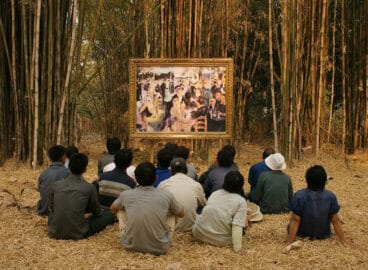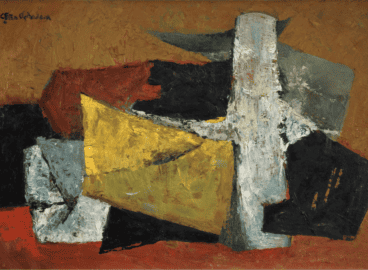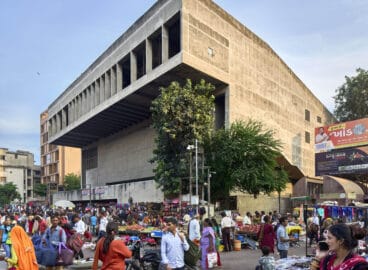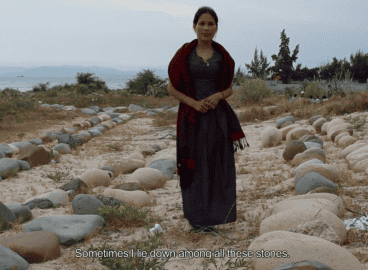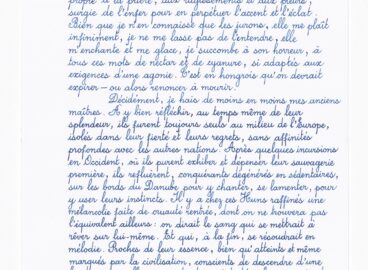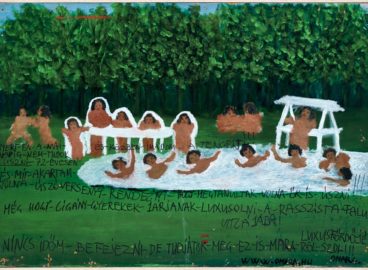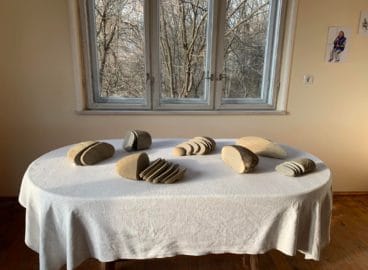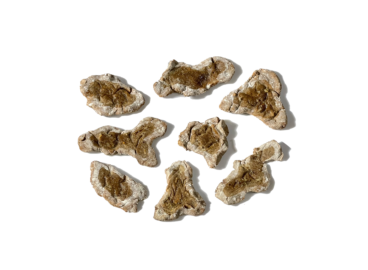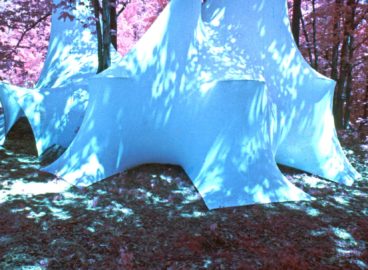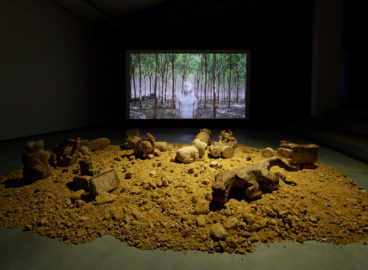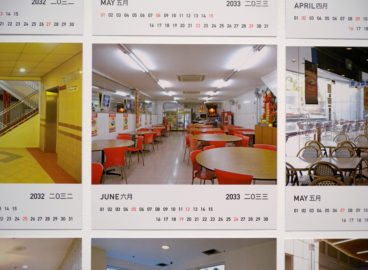Araya Rasdjarmrearnsook’s Relational Tableaux
Articulations of the relational have been shifting in parallel with the recent turn in global contemporary art toward validating ecological and indigenous practices. This shift invites a consideration of what exactly constitutes the relational among artistic and curatorial efforts within the global contemporary. And among Southeast Asian exemplars, the multimedia practice of artist Araya Rasdjarmrearnsook…
